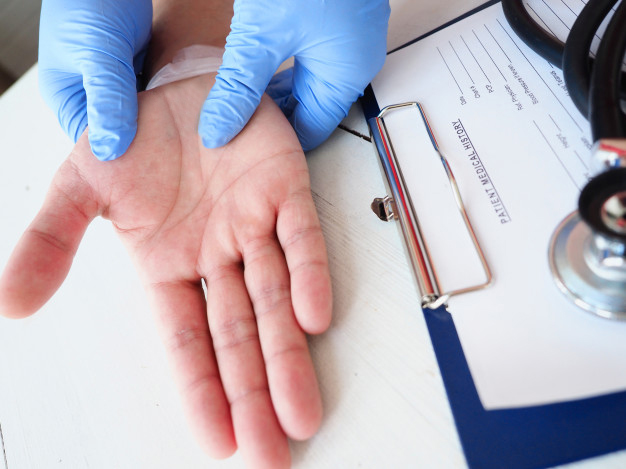
Trigger finger is a condition where too much inflammation around the flexor tendons will cause the finger to be stiff, painful or even lock when you open or close the finger. Trigger finger can be caused by injury, overuse, or repetitive activity. It can also be associated with other medical conditions such as diabetes, rheumatoid arthritis, and gout.

